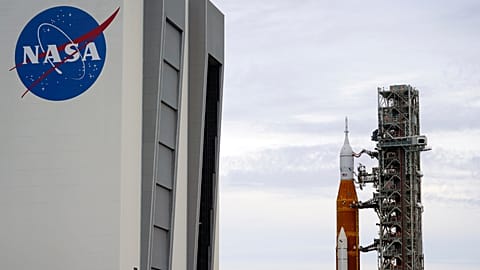Concrete dust could permanently sequester up to 100 tonnes of carbon dioxide from the atmosphere.
An Irish tech startup is trialling the use of concrete dust on farms to combat climate change.
Silicate, which is based in Sligo, has developed an ‘enhanced weathering technology’ which aims to permanently remove millions of tonnes of carbon dioxide from the atmosphere.
The company is set to undertake its first trial in the US, where it will spread hundreds of tonnes of crushed waste concrete onto farmland.
Here’s how the process could help the environment.
What is enhanced weathering?
The trial will see 500 tonnes of concrete dust spread over 50 hectares of farmland - roughly equivalent to 120 football fields - in Chicago.
Over several months, the crushed concrete will break down in the soil initiating a process called ‘enhanced weathering’.
This is an accelerated form of a natural process called chemical weathering, where rocks are eroded by rainwater over millions of years, sequestering carbon dioxide from the atmosphere and becoming bicarbonate.
The bicarbonate is washed into rivers and the sea where it either remains stored in its dissolved form or gets locked into the seabed.
With enhanced weathering, this process is sped up by milling silicate rocks to generate a higher reactive surface area so that more carbon can be sucked out of the air.
How can concrete dust combat climate change?
Climate tech startup Silicate has opted to use concrete instead of rocks - finding a new use for one of the world’s largest forms of waste.
The company purchases concrete left over from construction, pulverises it and then spreads it over farmland free of charge.
Silicate measures how much carbon has been sequestered and then sells carbon removal credits to large businesses and corporations so they can reduce their climate footprint.
“We believe our approach of using returned concrete to improve both the productivity and the carbon removal potential of farmland could be game-changing,” said Maurice Bryson, Silicate CEO and co-founder, “as it is low-cost, it is safe to apply to agricultural land, and it uses an abundant material that is easy to source.”
The first trial could permanently sequester up to 100 tonnes of carbon dioxide from the atmosphere and lock it into the world’s oceans for tens of thousands of years, the company claims.
It will also be used to test whether the material is effective in the American Midwest, where soil conditions differ from those in Ireland, where the company is based. Silicate says it has already seen encouraging results from trials in its home country.
The addition of concrete dust can also improve soil quality and crop productivity.
The pilot has received funding from prize money awarded to the startup by the THRIVE/Shell Climate-Smart Agriculture Challenge.
Should the results of the US trial prove positive, Silicate will look to expand the project across Illinois and the Midwest.
The company estimates that the process has the potential to remove up to between 50 and 100 million tonnes of carbon dioxide per year in the American Midwest alone - for comparison, a car emits around 4.6 tonnes of carbon dioxide annually.


















